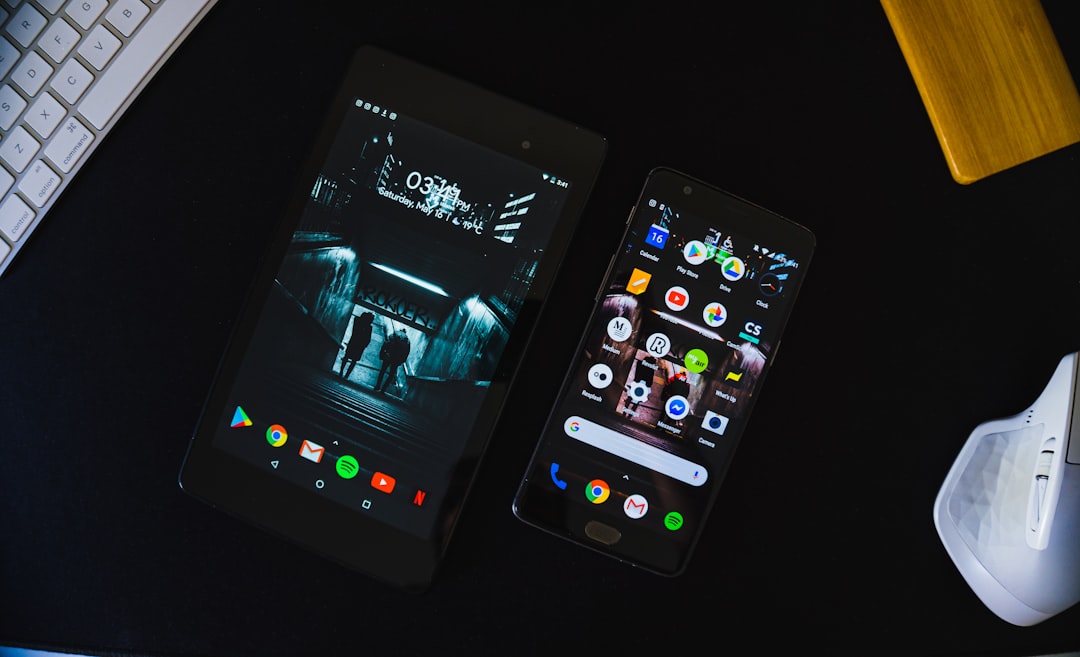The Samsung Galaxy S22 is a flagship smartphone that offers top-of-the-line hardware wrapped in a sleek, premium design. However, one aspect of this phone that has sparked endless debate is its processor. Samsung traditionally ships its flagship models with two different chipsets depending on the region: the Qualcomm Snapdragon and Samsung’s in-house Exynos. This strategy has long stirred controversy, especially among power users and tech enthusiasts who crave the best performance possible.
So, which version of the Galaxy S22 should you care about — the Snapdragon or the Exynos? Let’s dig into the details and see how they stack up in terms of performance, battery life, graphics, and more.
Regional Differences
Samsung typically uses the Snapdragon chipset in markets like the United States, Canada, and China, while the rest of the world — including Europe, Asia, and the Middle East — receive the Exynos variant. This means your experience with the Galaxy S22 might vary significantly depending on where you live.

Chipset Specifications Overview
- Snapdragon 8 Gen 1: Manufactured by TSMC using a 4nm process, offering improved efficiency and thermal performance.
- Exynos 2200: Built on Samsung’s 4nm EUV process and notably features AMD RDNA 2 architecture for its GPU.
At a glance, both chips appear similar with 8-core CPUs and 4nm nodes. However, in real-world performance and thermals, there are key differences.
CPU and Overall Performance
In most benchmarks and real-world usage, the Snapdragon 8 Gen 1 slightly edges out the Exynos 2200. Applications open a tad faster, multitasking is smoother, and overall responsiveness seems to favor the Snapdragon model.
- Geekbench single-core scores are generally higher for Snapdragon-based devices by about 8-10%.
- Thermal throttling is better managed on the Snapdragon chipset, allowing longer sustained performance during gaming or heavy tasks.
The Exynos 2200 isn’t far behind, and for daily usage like browsing or messaging, you won’t notice a big gap. But for gamers and power users, the cumulative differences can matter.
Graphics and Gaming Performance
One of the most hyped features of the Exynos 2200 was its use of a GPU based on AMD RDNA 2 architecture — the same technology in gaming consoles like the PlayStation 5. This promised console-level graphics on a smartphone, but did it deliver?
In game performance tests, the Snapdragon’s Adreno 730 GPU results in smoother frame rates and better thermal performance. While the AMD-powered GPU in the Exynos 2200 shows potential and impressive results in synthetic benchmarks, real-world gaming showed some inconsistencies and higher heat output.

Battery Life and Efficiency
Efficiency is just as important as raw performance, and here is where the Snapdragon continues to maintain its lead.
- Snapdragon Galaxy S22: Offers better screen-on time by at least 30–45 minutes in most usage scenarios.
- Exynos Galaxy S22: Suffers mildly from thermal inefficiencies, potentially impacting long-term battery health.
Though minor in moderate use cases, the difference becomes more visible under heavy loads like video recording or gaming. The Snapdragon variant tends to stay cooler and offers more battery endurance overall.
Camera Differences
Interestingly, both chipsets deliver nearly identical photo and video quality because Samsung uses similar camera sensors and software processing. However, some users have reported that Snapdragon models shoot slightly better low-light photos, likely due to superior image signal processing.
Final Verdict: Which One Should You Choose?
If you’re in a position to choose between the Snapdragon and Exynos variants, the decision depends on your usage style. Here’s a quick comparison:
- Choose Snapdragon if: You value gaming performance, better thermals, improved battery life, and slightly better camera processing.
- Choose Exynos if: You live in a region where Snapdragon isn’t available and your usage is fairly standard — browsing, social media, light gaming.
In conclusion, the gap between the two chipsets is narrowing but still evident. Samsung continues to work on improving its in-house chips, and with each generation, the Exynos lineup gets more competitive. Still, for now, the Snapdragon Galaxy S22 remains the choice for those who want the best possible experience from this flagship device.
Image not found in postmeta
smartphone chipsets, exynos, snapdragon, technology debate[/ai-img>

































